Locations > Pyrmont Community Centre
Pyrmont Community Centre
Pyrmont Community Centre was built in 1884 as Pyrmont Superior Public School, designed by Government architect William Kemp. As industry expanded and housing contracted, in 1933 the Government closed the school, sending its last pupils to Ultimo. For the next thirty years Sydney Technical College taught apprentices in the main building.
Funded by a federal Better Cities grant, it was refurbished as a Community Centre in 1993, replacing the services offered at the Maybanke Centre. In line with the City of Sydney’s policies, the ethos shifted from informal, family-style activities, supplementing public school services, to a managerial approach. Staff were no longer encouraged to take part in activities, but to organise them. And as Australian Olympic teams were humiliated, programs shifted from art and craft to gymnastics.
The Community Centre opened when Pyrmont’s population had fallen from thousands to hundreds, so it seemed appropriate to share the building with childcare and after-school care. Staff wore sports gear and carried whistles: apart from two bare rooms, the community space was occupied by gyms. There were effectively no community activities.
As the population increased, demand for community activities mounted, and residents formed the Friends of the Pyrmont Community Centre in 2011, to assist the staff “to extend the reach and relevance of the Centre” to residents and workers, and help to build community spirit and a sense of belonging. Their first project was for volunteers to transform a dingy corridor into The Link, an attractive and well-used drop-in space. The Link also houses a book exchange, established and maintained by volunteers, and a link to the City Library Network.
The Centre now hosts over fifty programs, including dance, ballet, Women’s Art Group, Pyrmont Sings!, and a monthly dinner hosted by a roster of community groups.
Related Items
Source
H. Moeskops and P.J. Witt, Pyrmont Public School: historical summary report, Sydney, 1968
Further Reading

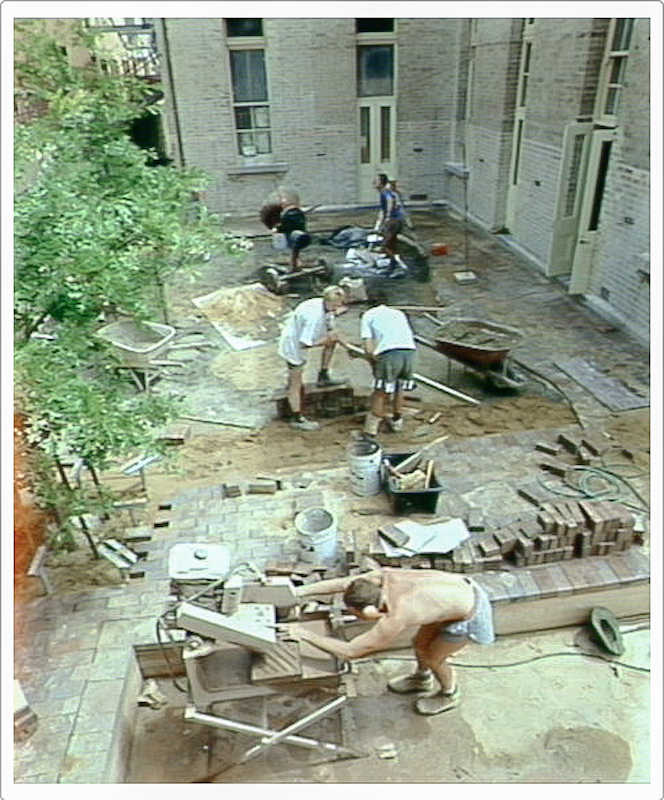
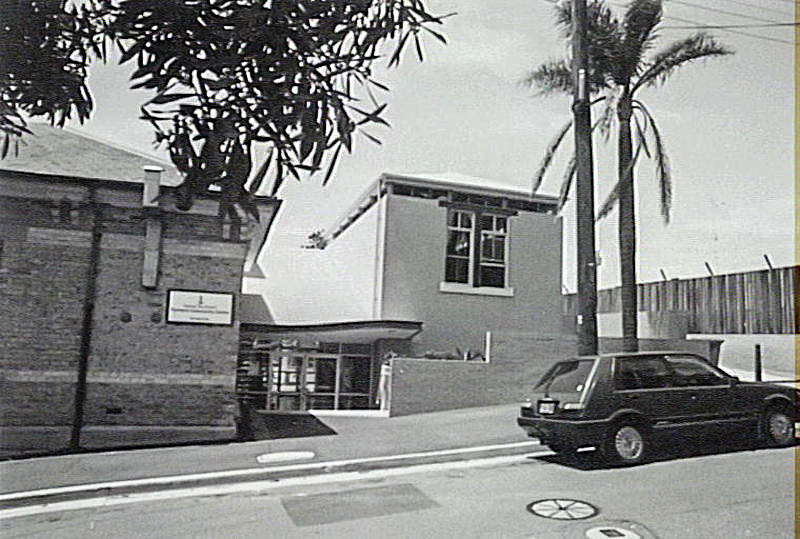

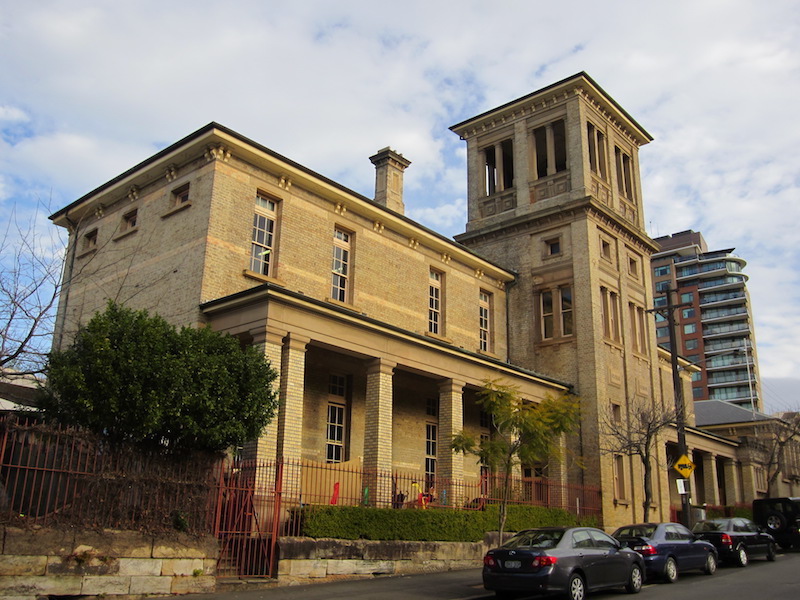
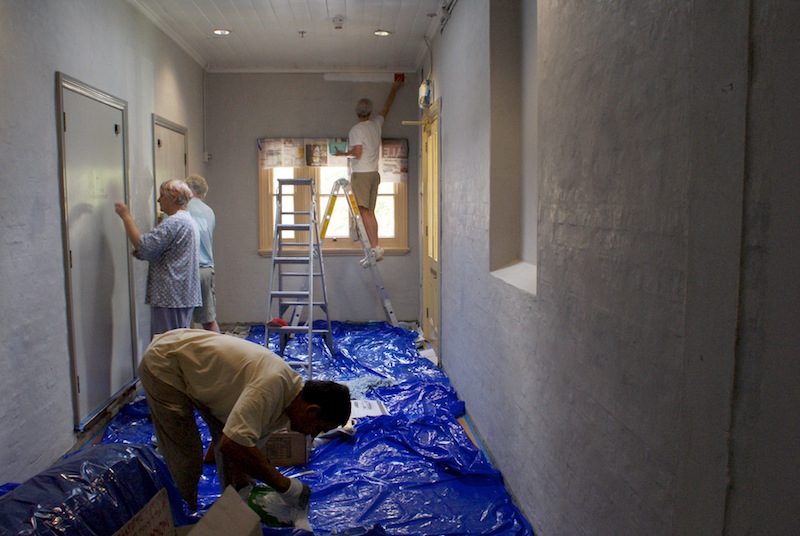
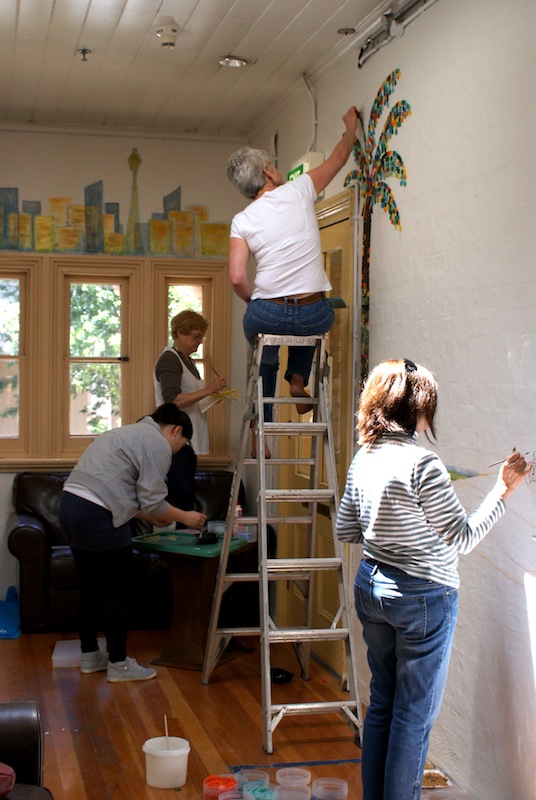
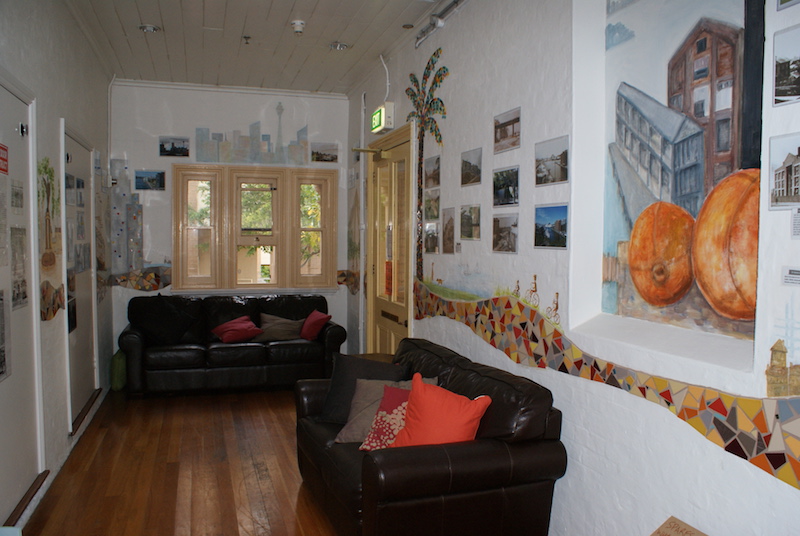
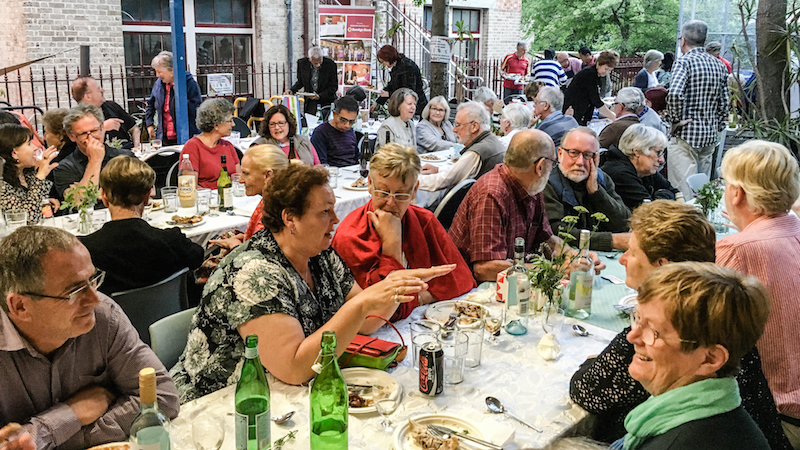
Photo Paul Limmer